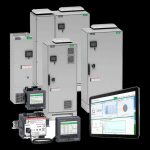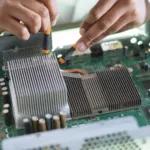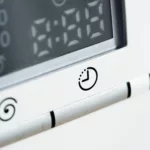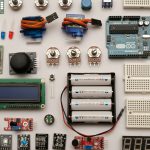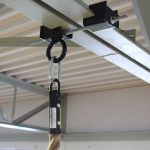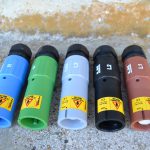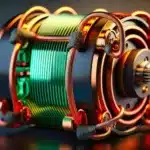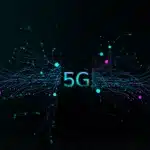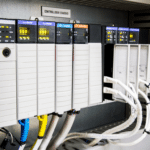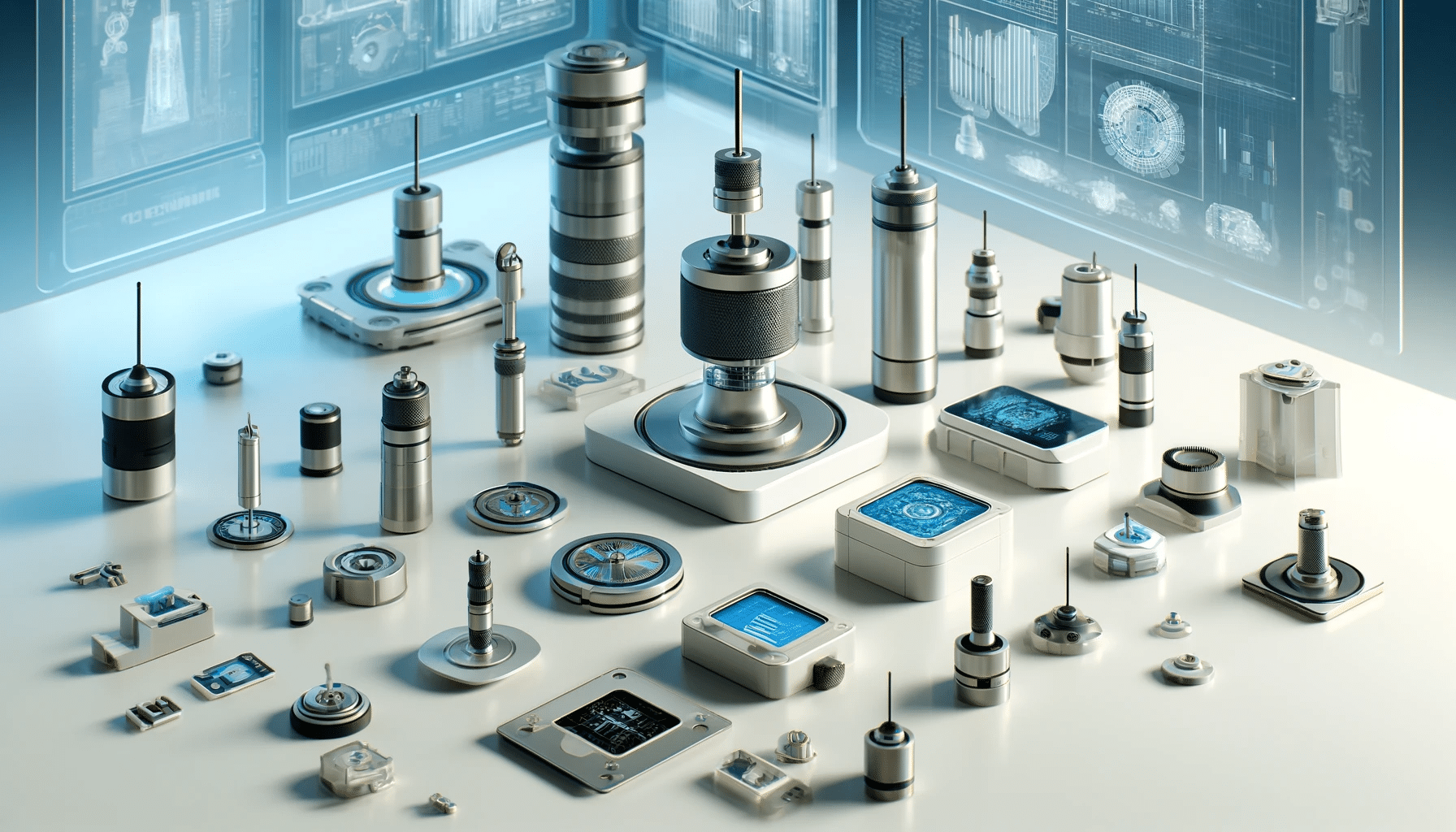
Introduction
In today’s fast-paced world, technological advancements are constantly pushing the boundaries of what is possible. One area where significant progress has been made is in force sensor technology. Next-gen force sensor technology offers a glimpse into a future where our devices and machines can interact with the physical world with unprecedented sensitivity and precision. This article illustrates different aspects of next-generation force sensors, exploring their significance, types, applications, and advancements.
What are Force Sensors?
Force sensors, also called load cells or force transducers, are devices designed to detect and measure the amount of force applied to them. They are engineered to convert mechanical force into an electrical signal that is then analysed and interpreted by electronic systems. These sensors come in various shapes and sizes, ranging from simple strain gauge load cells to complex capacitive or piezoelectric sensors. Moreover, a force sensor is an essential part of many modern machines and devices, measuring forces accurately and reliably, which is essential for multiple applications.
What is a Load Cell? How Does It Work?
A load cell is a type of transducer designed to convert a force, such as tension, compression, pressure, or torque, into a measurable electrical signal. The signal can then be used to display the weight on a scale or to control a machine process. A load cell sensor comes in various types, including strain gauge load cells, capacitive load sensors, magnetic force sensors, and piezoelectric load cells. Moreover, these are widely used in a wide array of applications, including weighing scales, pressure measurements, force measurements, and torque measurements.
The working principle of load cells is straightforward. Upon applying force, the body of these sensors deforms slightly. However, this deformation is converted into electrical signals by various means, including changes in resistance, capacitance, or voltage. The electrical signal’s magnitude is proportional to the amount of applied force.
Comparing Traditional vs. Next-Generation Force Sensor Technologies
Historically, they have relied on conventional technologies, such as strain gauges, piezoelectric crystals, and capacitive sensing. While these technologies have served their purpose well, they come with limitations in terms of accuracy, sensitivity, and reliability, especially in demanding environments or high-performance applications.
Next-generation force sensor technologies aim to overcome the limitations of traditional approaches by leveraging cutting-edge materials, innovative designs, and advanced manufacturing techniques. Additionally, these technologies promise improved performance, enhanced durability, affordability, miniaturisation, and greater versatility, opening up new possibilities across multiple industries.
What are the Most Common Types of Force Sensors?
Next-generation force sensors come in the following main types:
Optical Force Sensors
Optical sensors measure force using principles of light transmission and reflection. They typically comprise optical fibers or gratings embedded within a sensor structure. When force is applied, the sensor’s deformation alters the propagation of light, allowing precise force measurement. Optical load sensors offer advantages such as high sensitivity, immunity to electromagnetic interference, and compatibility with harsh environments.
MEMS (Micro-Electro-Mechanical Systems) Force Sensors
These sensors employ microscopic mechanical structures etched into silicon substrates using microfabrication techniques. These sensors detect minute changes in force with exceptional accuracy and reliability. MEMS sensors are suitable for applications requiring miniaturisation, such as biomedical implants, consumer electronics, and automotive systems.
Flexible and Stretchable Force Sensors
These sensors are engineered to conform to irregular surfaces and withstand deformation without compromising performance. They are often made from elastomeric materials or conductive polymers that can stretch and bend without damage. However, flexible and stretchable force sensors find applications in wearable devices, human-machine interfaces, and soft robotics, where traditional rigid sensors would be impractical.
Quantum Tunneling Composite (QTC) Force Sensors
QTC force sensors exploit the unique properties of quantum tunnelling to measure force. They consist of conductive particles suspended in a non-conductive matrix. When force is applied, the distance between the particles changes, altering the material’s electrical resistance. QTC sensors offer advantages in terms of high sensitivity, minimal power consumption, and rapid response times.
Wireless Force Sensors
They eliminate the need for physical wired connections by transmitting data wirelessly to a receiver or a cloud-based system. They use technologies such as Bluetooth, Wi-Fi, or radio frequency (RF) communication to transmit power measurements in real-time. Compared to traditional wired sensors, these offer greater flexibility, convenience, and scalability, making them ideal for IoT (Internet of Things) applications and remote monitoring.
Real-World Applications of Next-Gen Force Sensors
The precision and reliability of next-gen sensors make them ideal for critical applications across a broad spectrum of industries, such as:
- Automotive Safety Systems: Force sensors are indispensable in the automotive industry. They are used for collision detection with better sensitivity, airbag deployment, seatbelt tensioning, anti-lock braking systems, or features like self-parking, where precise measurement of force is necessary.
- Industrial Automation: Next-gen industrial load cells are used in industrial automation for precise control and monitoring of machinery. They help detect faults, ensure product quality, and optimise manufacturing processes.
- Medical Devices: Medical devices require high accuracy and reliability. Next-gen force sensors are used in applications such as surgical instruments, prosthetics, and patient monitoring systems, where precise force measurement is crucial.
- Consumer Electronics: Force sensors are increasingly used in consumer electronics, enhancing user interfaces and improving device functionality. Examples include touch-sensitive screens, pressure-sensitive buttons, and wearable devices that monitor physical activity.
- Robotics: In robotics, next-gen force sensors enable robots to interact with their environment more effectively. They provide feedback on the force applied by robotic arms, helping to perform delicate tasks with robust precision.
Final Thoughts
Next-generation force sensor technologies represent a revolutionary shift forward in the field of force measurement and sensing. By combining advanced materials, innovative designs, and state-of-the-art manufacturing processes, these technologies offer enhanced performance, improved reliability, and greater versatility across various industries. With a diverse range of types, these sensors cater to multiple applications, making them essential components in our technological world.






